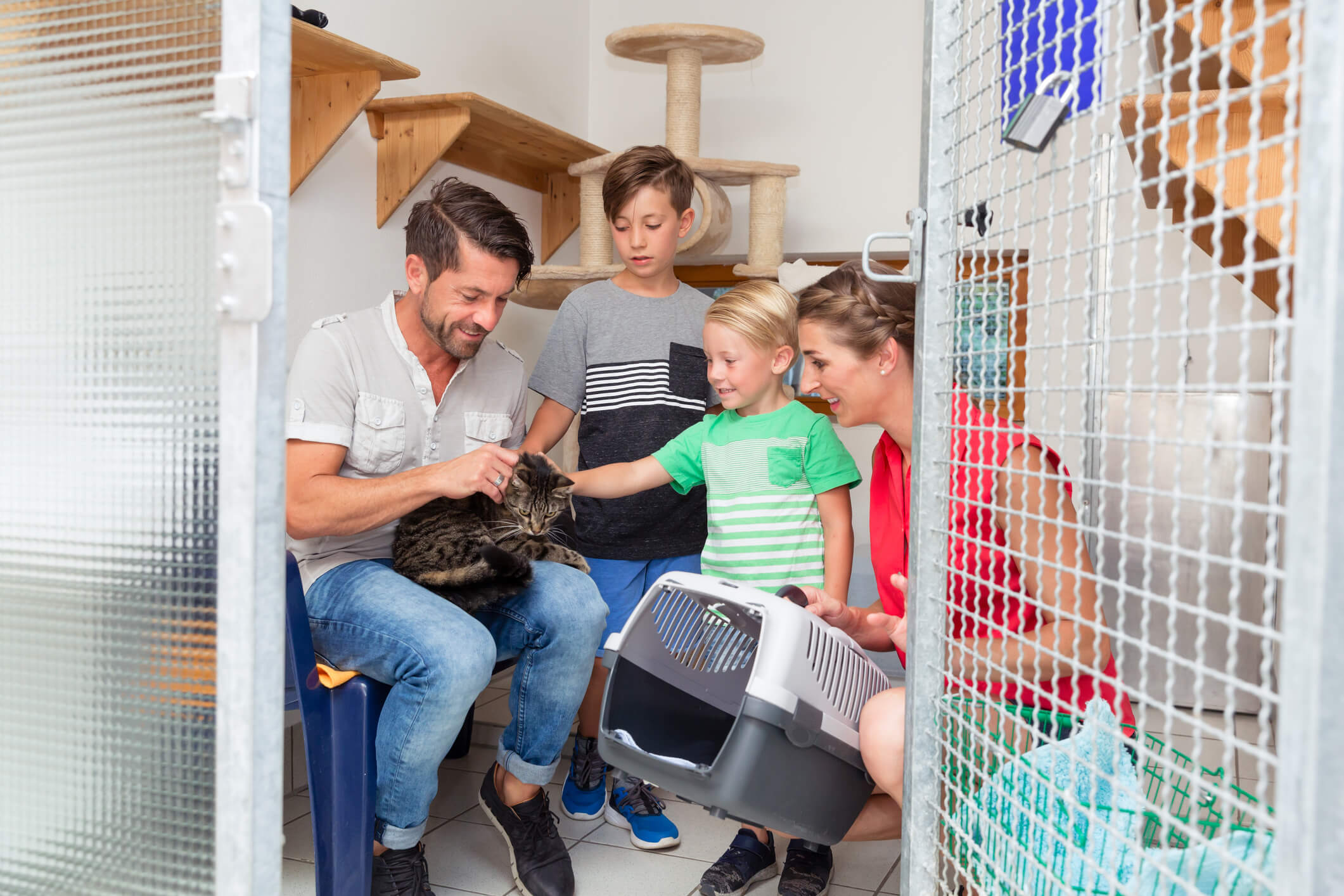
The Cost of Adoption: What to Expect When Rescuing Pets
You know you want to adopt a pet. What you don’t know is how much it’s going to cost when all is said and done. Adoption is definitely cheaper than buying a pet from the store or a breeder, but future pet parents should still have an idea of how much money to save up.
Here is a quick overview of average adoption fees, factors that determine those fees and additional startup costs for your new furry friend.
Adoption fees for shelter and rescue pets
The exact cost of your new furry friend will depend on the animal shelter you visit. Shelters have reported dog adoption fees that range anywhere from US$50 to $350. Cats tend to be a bit cheaper, with a price range from US$15 to $200.
Many factors determine the adoption fee of shelter cats and dogs. Puppies and kittens are usually more expensive than senior pets because they’re “highly adoptable,” meaning these animals are in high demand. A lot of future pet owners want young pets due to their cuteness factor and so children have a companion to grow up with.
Senior pets fall on the cheaper end of the price range because they’ll spend fewer years in their forever home compared to puppies and kittens. Pets with special needs also tend to be less expensive. They come with high recurring maintenance costs, so shelters typically counteract this financial burden by offering a lower adoption fee.
Certain breeds of pets may also be more expensive than others, especially when it comes to dogs. The most desirable breeds may cost you extra because other pet parents are looking for that breed, too. Keep an open mind during the adoption process—you just might fall in love with the cutest little mixed breed and save money at the same time!
Some factors have nothing to do with the pets themselves. Rather, the financial position of your local shelter or rescue agency can have a big say in adoption fees. Shelters charge adoption fees in order to cover the cost of medical procedures like vaccinations, wellness exams, preventative treatment and microchips. Unfortunately, adoption fees only partially cover these expenses. Organizations that are less well-off may charge more for adoptions as a result.
Finances aside, shelters and rescue agencies typically hold adoption sales during the holiday season. Future pet parents feel particularly generous that time of year, and organizations tap into that generosity by advertising adoptions at a discounted price. If you’re lucky, your new furry companion might be completely free!

Additional startup costs
Many future pet owners make the mistake of solely focusing on the adoption fee. The truth is, pets cost more than the initial price tag from the shelter. Once a pet enters their forever home, they’re going to need a lot of supplies that shelters and rescues usually don’t cover. Future pet parents must factor in other startup costs and ongoing expenses before deciding if they’re ready to adopt.
Here are some additional fees you can expect upon adopting a cat or dog:
- Crates ($30–$150): Crate training is highly recommended for newly adopted dogs. Crates provide a safe space to retreat to and contain the pup while you’re not home. Larger breeds require larger crates, which means they’re going to be more expensive.
- Leashes ($6–$25): It’s possible to purchase a leash for cheap. However, some owners may need a super-durable leash for large breeds with tons of energy. These tend to be a bit pricier.
- Collars ($5–$15): Similar to leashes, the price of your pet’s new collar will depend on the size and material. Bigger collars cost more to make and therefore are more expensive. For instance, cat owners can expect to spend less on collars than someone adopting a Great Dane!
- Food ($200–$300 per year): Unlike other items listed here, food is a startup cost that lasts for as long as the pet is under your care. Food prices vary depending on the brand, quality of ingredients and package size. The average pet owner spends $50 on a bag of kibble every two months.
- Treats ($8–$15): Let’s not forget about treats! Cat and dog treats are super important during the adjustment period and beyond. They are essential training tools and can help your new fur baby feel loved. Treats are relatively cheap, but remember that the more your pet eats, the more you’re going to spend!
Other potential costs include food bowls, water fountains, toys, pet beds and litter boxes. Each item adds up!
There’s no getting around it—adoption is an investment that requires careful financial planning. However, a newly adopted cat or dog will be the cutest investment you ever make! Do your research and find a companion that works for your budget. Shelters and rescues have no shortage of fur babies who need a home. You’re bound to find the perfect match!


